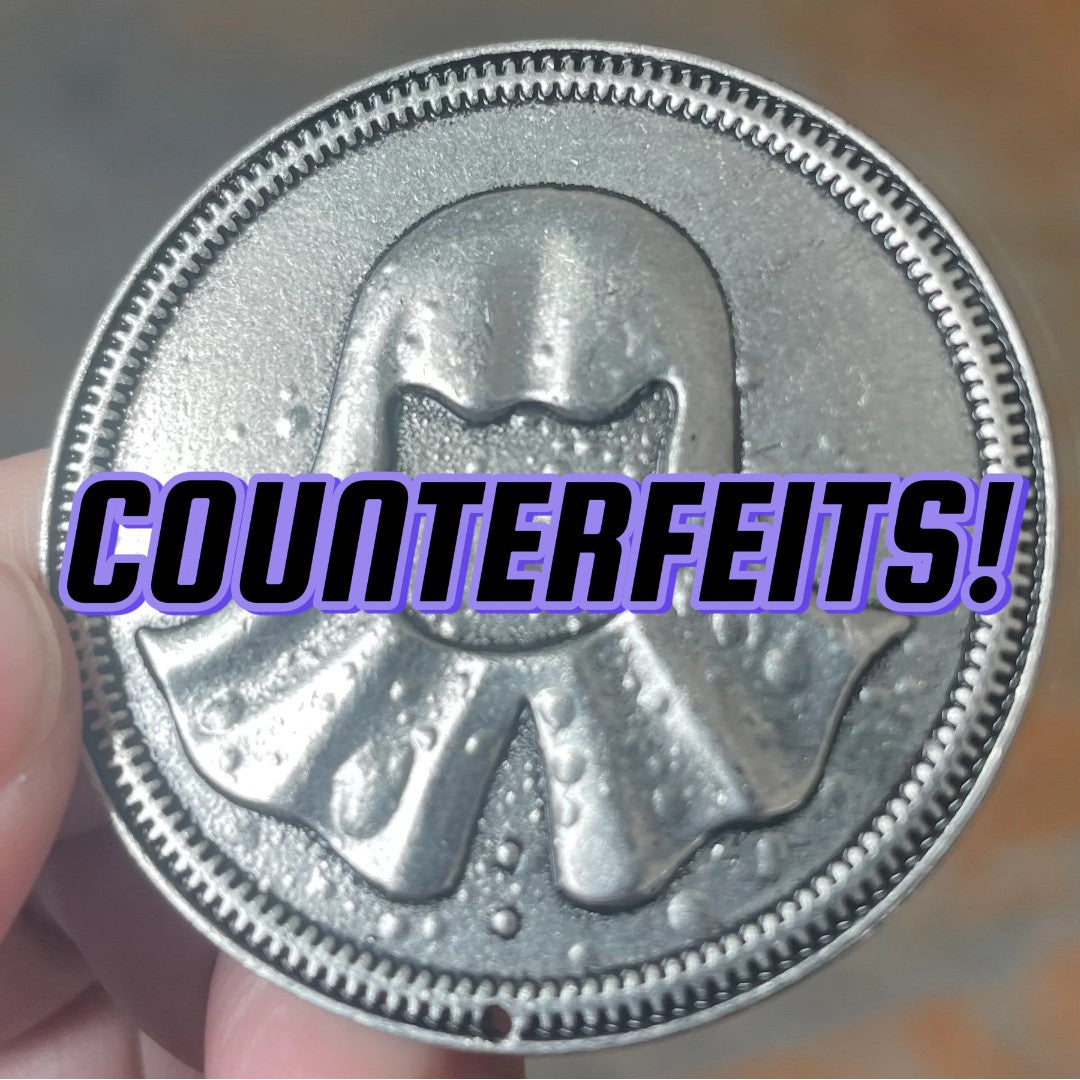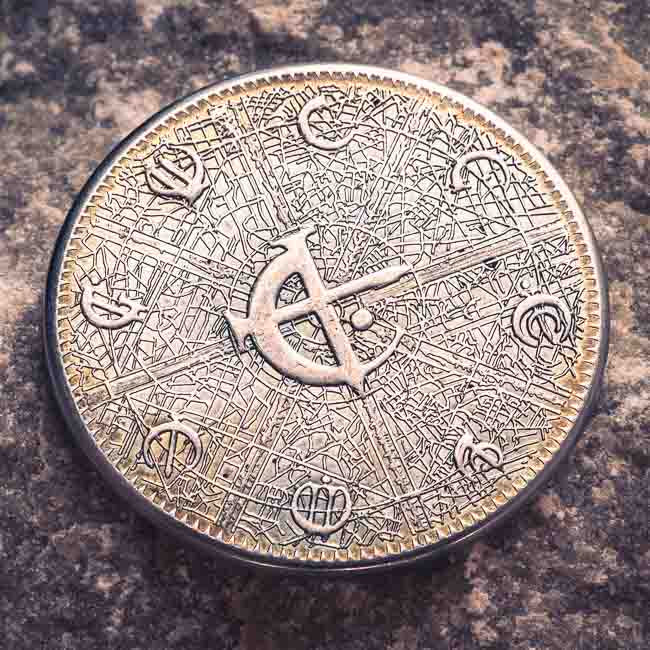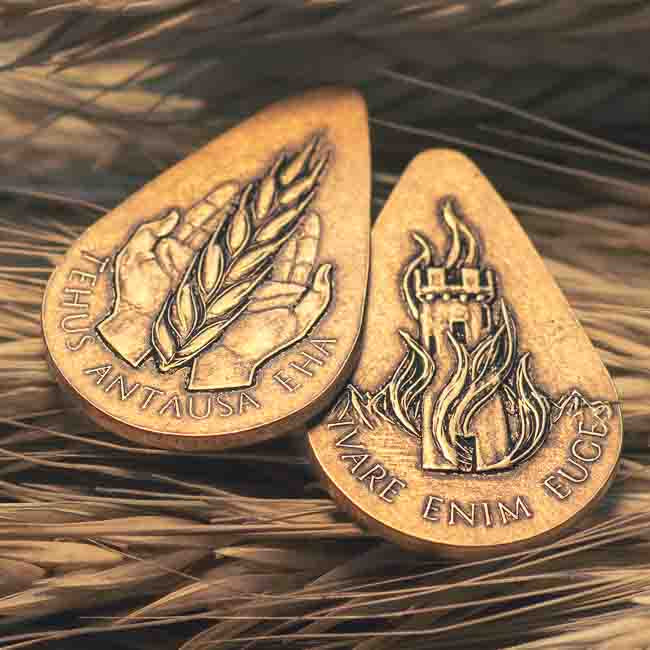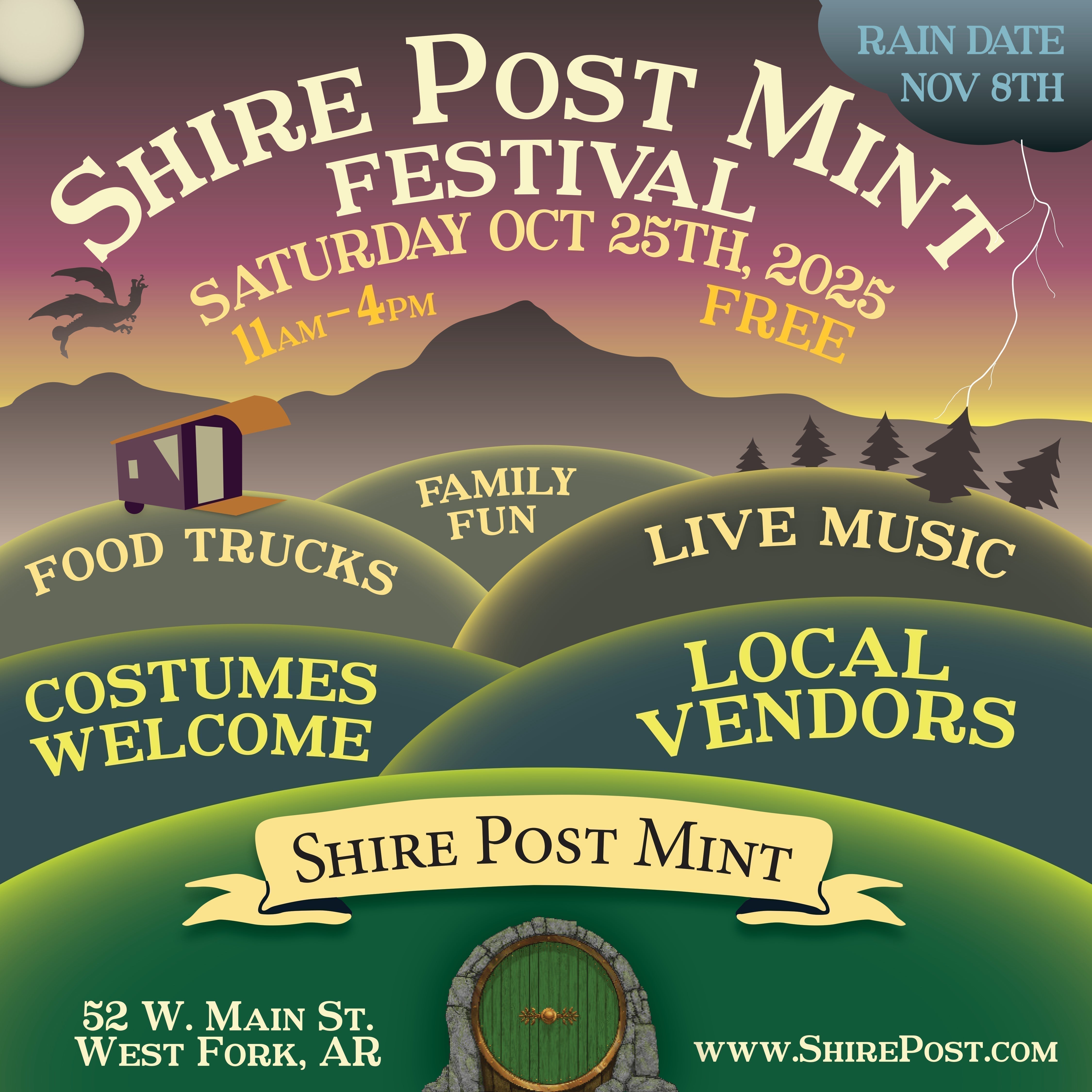
Counterfeits - copies criminally confounding!
Counterfeit goods and scams are the proverbial 'dark side of the coin' when it comes to coin and art collecting, and despite being of a fantastical nature we are not immune to the predations of such practices. We wanted to shed some light on some of the worst practices that afflict the community, as well as some tips to help identify a potential scam in hopes it helps you shop a little safer on the tempestuous e-commerce seas.
To begin with basics, a counterfeit coin is a forgery made with the intention to resemble a genuine coin, with the goal of deceiving someone into believing it is real for financial gain. Often associated with imitating bullion (precious metals in raw form), highly valuable antique or collectible coins (those pertinent to numismatists), and those of high value transactional currency. In antiquity, these counterfeits were often molded, filled with molten lead, then plated with a thin layer of silver. Today, the majority of low cost coins (including challenge coins) you may see are cast from zinc-alloy (often mixed with aluminum), sometimes lead or pewter, which are then plated to look like a more desirous metal.
For counterfeits made in locations with few safety or material testing regulations, inclusion of toxic lead is a serious health risk even at low levels of exposure and at high levels can be fatal. Sometimes you may get bubbles or blisters under the plating, which is gas expanding while trapped under the plated layer like the below. This can be from poor adhesion, contaminants, oxidation (rust) on the base metal, or improper execution of the plating process as seen below. 

The true Shire Post Mint Iron Coin of the Faceless Man below them.)


Even with a properly adhered plating coat, they're generally made as thin and cheaply as possible so the plating may flake or wear off quickly and show the filler metal beneath. To compare - our coins are always made of solid metals throughout. Theoretically, if you happen to have a werewolf problem and wished to melt down a silver coin to make silver bullets, you could with ours, but I wouldn't risk it with cheap alternatives. See how we make our coins here.

Below, A cross section of a solid copper and bronze coin cut in half, patinaed, showing solid metal the whole way through)

3rd Party E-Commerce Site Copies
The most common type of scam we tend to see is maybe the most direct and galling- a fake copy of one of our coins listed on a 3rd party e-commerce marketplace, made of inferior metal and quality, often listed with pictures stolen from us or photo-edited. It behooves a perfidious copycat to actually send ~something~ to a buyer lest their listings be taken down by the selling platforms policies. Sometimes the sent product ranges from the eccentric, such as poker chips, 3D printed plastic, deformed copies, to true duplicates, but these will always be of lesser quality and make than ours. I say this, not out of ego, though I am deeply proud of our craftsmanship, but because our prices are reflective of both the cost of material, the expertise of the making, the artists work, licensing fees, the packaging which we take such great pains to perfect, to pay for the facilities and tools located 100% in the U.S.A, and fair payment and benefits to all of our wonderful staff - all of which is in sum generated solely for the sustainability of the business so we may continue to make such things into the future, and to make our products as affordable to our customers as possible. A core belief of our small business is that our products be accessible - priced fairly with the above considerations, not preying on FOMO (fear of missing out) with a business model that would rely on limited production runs, and as available as possible given the constraints of finite manpower whereas a regular person can find and acquire the coin they desire.
Anyone declaring a perfect duplicate made of the same material, quality, and care at a vastly discounted rate is then either lying or truly a wizard capable of transmutation. (We have yet to find someone making counterfeits with a Philosopher's Stone though.)
This counterfeit of our Labyrinth Should You Need Us Coin is plated spun cast zinc which will deteriorate and flake over time, in addition to the possible inclusion of lead. Ours are struck in solid bronze and will patina and wear over time naturally. If you see a likely counterfeit of one of our coins on a 3rd party marketplace platform, drop us a message with the information and we will try to take care of it!
Advertised Scams
"I saw your Eclipse coin and wanted to buy, but I think this site is a scam, using your ads and reviews, they almost got me, but my credit card blocked them as fraud. I will report them to fb, but not sure if it will help . I've seen it under 3 different site names now." - reported to us from a concerned customer.
Another scam we often see involves faked shopping ads on social media using stolen pictures or videos. These will lead to an e-commerce website that at first glance may look legitimate with scraped reviews and often a deal too good to be true!


Chances are likely you will receive nothing at all and the scam was intended to acquire your credit card information to abuse or sell elsewhere. If you are 'lucky' (relative to the situation), you may receive something like this rather diseased-looking forgery of our bi-metal eclipse coin. Is it the moon or a bacterial growth? Who knows!
Drop us a message if you see one of these duped ads in the wild and we will try to get it taken down.
Tips and Tricks to Identify Scams!
Here's some potentially helpful tips on how to identify fake shopping ads or websites:
-Check the URL! Spoofed domains may have slightly altered domain names or may not utilize HTTPS SSL Encryption. If it doesn't show https://____ before the domain name or a padlock, it could be unsecure or an unofficial website.
-Stolen images may be low quality or appear pixelated
-While scammers may copy the genuine listing, many are prone to grammar and spelling mistakes.
-Scammers often build enough of a website to feign legitimacy, but if you go exploring other pages and see oversimplified, poorly designed sites or sitemaps, or excessive pop-up ads that can indicate a fake website.
-Bargain basement prices - if the cost of an item you're shopping for is drastically (~50%+) lower than other sites with the same product, it's probably a scam or counterfeit. If the deal looks too good to be true, it probably is. Always take a moment to check before entering personal or financial information online.
-Limited contact details like missing a physical address, a corporate support email, or phone number
-Consider where you came across the site. If you discover a company by an ad and you're not sure of their authenticity, Google the brand name and click the top result that is NOT marked as an Ad.
-Be careful where you click and don't be pressured into crazy flash sales without doing research! Google reverse image search can sometimes help identify where a product originates from.
-If something doesn't feel right, take a moment to double-check.
Direct Impersonation
This tends to occur mostly on social media accounts, where a scammer will change their name to a legitimate company or pretend to be an authorized representative of that company and attempt to solicit either personal identifying information under a false pretense such as "giveaway winner", credit card information, or to get someone to click on suspicious links which may lead to viruses or other malware. Sometimes a scammer might take advantage of true events, such as a Kickstarter or Festival, and attempt to prey on unsuspecting participants by asking for "vendor fees", "special deals or rates", or "offers of employment" if you only click on their random link!
We recommend always double checking the veracity of any odd response or direct message to a valid verified account. Optionally, you can always call the business phone number listed on their official website, or contact their customer service/support email when in doubt. Trust your gut - if something feels off, authenticate!
Unfortunately, with the advancement of technology leading to bot reviews/traffic/chatbots, AI generated renderings, easy scanning and 3D printing, scraping of websites, photo editing manipulation, and such ilk, we only foresee these types of scams becoming more sophisticated and difficult to sort from the genuine article.
To Conclude:
Beware of counterfeits! We have some authorized resellers, but if you find a listing that looks suspicious, send it our way and we will get it taken down as fast as we can. Buying official versions helps support the artists and small businesses that create them and ensures that you are getting a high quality and long lasting product.
For further questions, check out our FAQ!
Shop safe out there! - Ryu, Shire Post Mint

Below, the Shire Post Mint Iron Coin of the Faceless Man.)

Officially licensed A Song of Ice and Fire merchandise © George R. R. Martin. All rights reserved.
TM & © The Jim Henson Company/Labyrinth Enterprises. JIM HENSON’S mark & logo, LABYRINTH mark & logo, characters and elements are trademarks of The Jim Henson Company. Motion Picture © 1986 Labyrinth Enterprises. All Rights Reserved.







